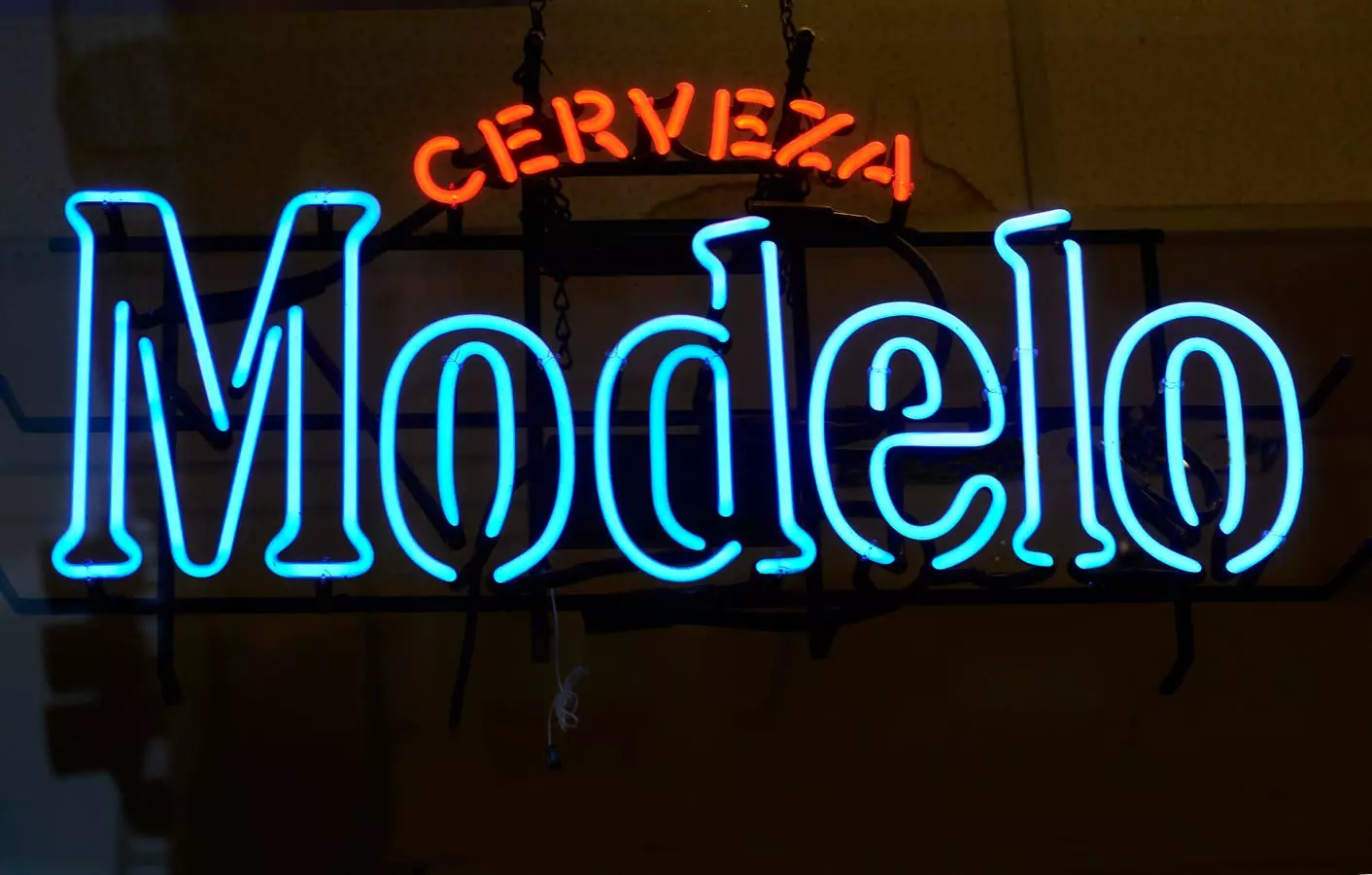In a notable twist in the American beer landscape, June 2023 marked a pivotal moment when Modelo Especial dethroned Bud Light as the best-selling beer brand in the United States. This shift didn’t merely reflect a momentary change; it revealed a larger trend that has seen the gap between Modelo and Bud Light steadily increase. In a remarkable turn of events, Michelob Ultra has also surged past Bud Light to claim the second spot, hinting at a significant cultural shift in consumer preferences that has been brewing for years.
Experts point to the broader appeal of Mexican import beers, which have managed to connect with consumers through a compelling lifestyle narrative. According to Kate Bernot, lead analyst at Sightlines, many American brands have struggled to create a unique appeal. Brands like Miller and Coors, in their attempt to be universal, seem to have lost their distinctiveness. “Here comes Corona, Modelo, and Pacifico, feeling fresher and more authentic,” Bernot notes, emphasizing the perception of these Mexican brands as “cooler.” This notion is particularly interesting when juxtaposed against the backdrop of failed marketing strategies from traditional domestic brands that have long dominated the market.
While many observers cite the controversy surrounding Dylan Mulvaney as a factor in Bud Light’s declining sales, it is crucial to understand the broader context. This change had been brewing for some time. In fact, Sightlines had predicted Modelo’s climb well before the controversy made headlines. Bernot highlights that first-generation immigrants often act as trendsetters, and the increasing popularity of Latin American culture has been evident across various facets of American life, from cuisine to music.
The success of artists like Bad Bunny and Nathy Peluso underscores this cultural shift, which correlates with the rise in popularity of Mexican beers. Data from the Beer Institute illustrates that Mexican imports accounted for 81% of the beer volume imported to the U.S. in 2023, marking a significant increase from just a decade prior when the figure stood at 61%.
Breaking Down Market Dynamics
Surprisingly, the shift doesn’t exclusively cater to Hispanic consumers. Recent statistics reveal that in 2023, 61% of Modelo’s purchasers identified as non-Hispanic, showcasing the brand’s broad appeal. This phenomenon extends to the craft beer market as well, where Mexican lagers have surged in popularity. The ability of these brands to cut through traditional consumption patterns is indicative of a more widespread exploration of diverse flavors and styles among American drinkers.
The relationship between Constellation Brands and the Modelo portfolio also plays a significant role in this narrative. Following AB InBev’s acquisition of Grupo Modelo in 2012, a significant regulatory decision forced the company to divest its rights to distribute Modelo products in the U.S. Consequently, Constellation Brands stepped in and has successfully capitalized on this opportunity, seeing steady growth in its beer brands.
The Marketing Strategy Gamble
When discussing the difference in marketing success between AB InBev and Constellation, Bernot draws attention to an important distinction. While AB InBev’s marketing muscle is considerable, it has struggled to pivot from Bud Light’s long-established branding. The attempt to introduce Bud Light Lime in 2008, while initially successful, has not been enough to counter the market’s ideological shift towards fresh, culturally relevant offerings. The decades of embedded marketing around Bud Light carry an immense amount of residual weight that the brand cannot easily shed.
On the other hand, Constellation Brands has thrived on a dynamic marketing strategy that connects deeply with modern consumers. Their partnership with Reyes Beverage Group, known for being the largest beer distributor in the country, has further accelerated growth. When sought-after brands align with a robust distribution network, the results can be transformative—akin to “pouring gasoline on a fire,” as Bernot aptly puts it.
The Future of American Beer Consumption
Ultimately, the rise of Mexican beer brands signifies a larger cultural transformation in the United States. The growing appreciation for Hispanic culture across various sectors, including food, music, and beverage, illustrates a shift in what American consumers savor and value. As beer sales trends continue to evolve, traditional brands will need to adapt creatively to the changing landscape, or risk being overshadowed by the refreshing appeal of new entrants. This transformation within the beer market demonstrates not just a consumer preference shift, but a broader acceptance of diverse identities and flavors that resonate with a contemporary audience eager for authenticity.

